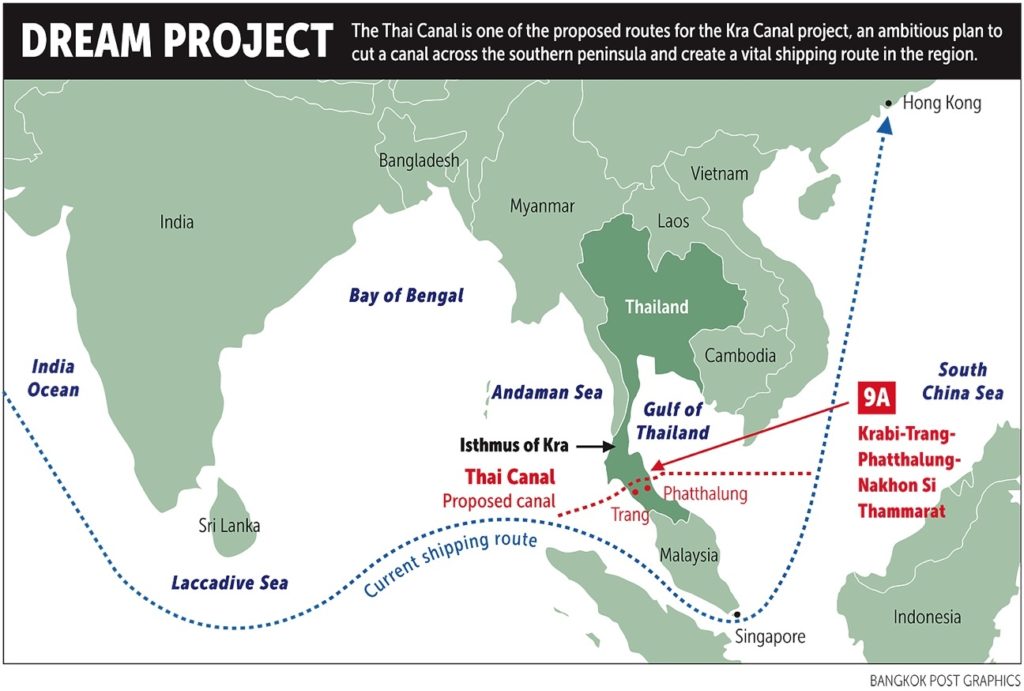April 14, 2021

Vital Shipping Canals
I originate from the Netherlands (also known as “Holland”), and the Dutch are well known as skilled seafarers for centuries. Skills are not just limited to the sea; another important role plays water transport via rivers. Three of Europe’s largest rivers end in Rotterdam, the Netherlands, which is why Rotterdam is one of the world’s busiest ports. The Dutch are also known for their superb water engineering capabilities and are involved in reclamation works, building ports and canals worldwide.
The recent case of the “Ever Given” container ship stuck at the Suez Canal has received lots of attention not only because it has disrupted the sea trade beyond anybody’s worst dreams. This colossal ship blocked any canal traffic for about a week, and the cost of that blockage is estimated to exceed U$60 billion. Many of our sawn timber and wood product shipments inbound to and outbound from Asia have been affected.
It is not the first time that the Suez Canal got shut; the same happened at least five times in the past due to either similar blockage by a vessel or because of political tensions. The Suez Canal was opened in 1869 to strengthen the economic links between Europe and Asia. It not only shortens the sailing time of a container vessel from Rotterdam to Port Klang, Malaysia, by approximately eight days (saving about 6,500 km), it facilitates about 12% of the entire world’s trade. These time and fuel savings make this canal so highly crucial. Equally important is the Panama Canal, which opened in 1914. It provides a vital link between the Pacific and the Atlantic Ocean and shortens the sailing time by 16 days (about 14,000 km).
Another yet to be built canal that will impact sea transport in South East Asia is the “Kra Canal” in southern Thailand. The initial idea originates from the late 1600s. Connecting the Andaman Sea with the Gulf of Thailand and avoiding the route through the Straits of Malacca, the time saved would be 2-3 days (about 1,200 km). Many vessels would also bypass Singapore in their voyages from Europe to China and vice versa. For our timber industry, such a canal would come with several downsides. It will probably reduce the number of vessels to SE Asia’s southern most ports, where most wood products for the Western world originate from Indonesia and Malaysia.
The fuel and time savings per vessel and voyage would be a strong enough reason to make that choice for the liners.
And China is flexing its economic muscles across the world and not in the least in the South China Sea. I would not be surprised China to be a strong proponent of such a canal project.
